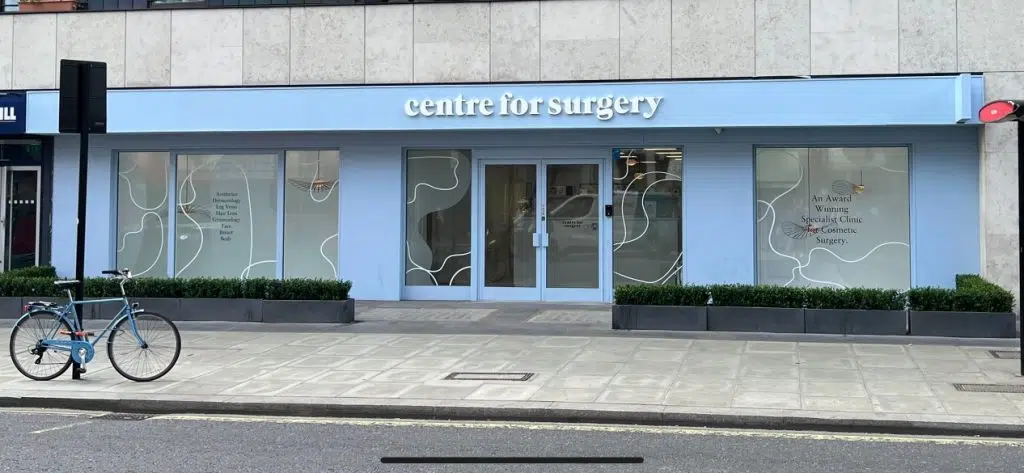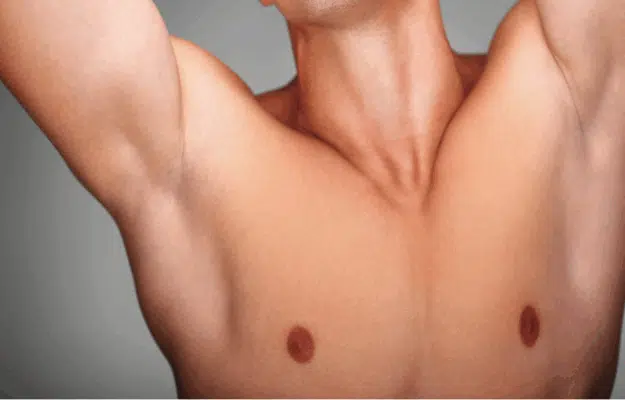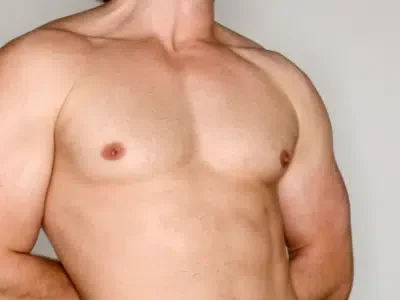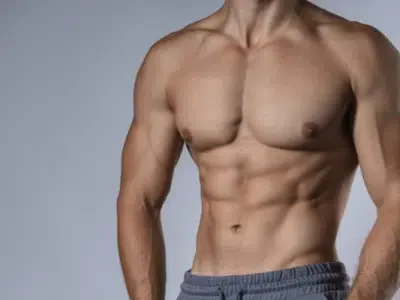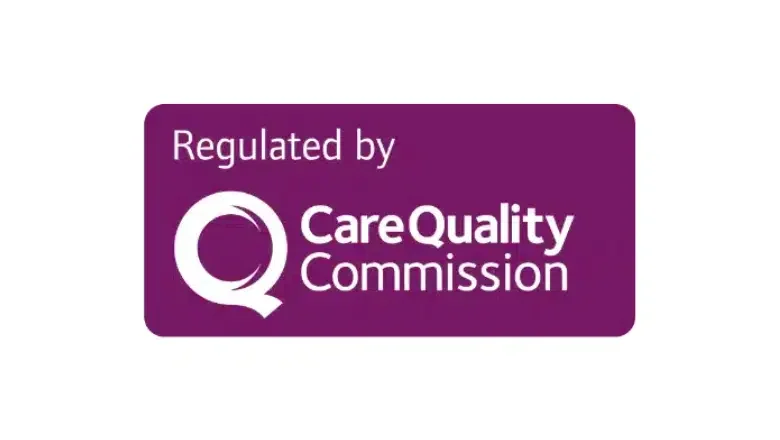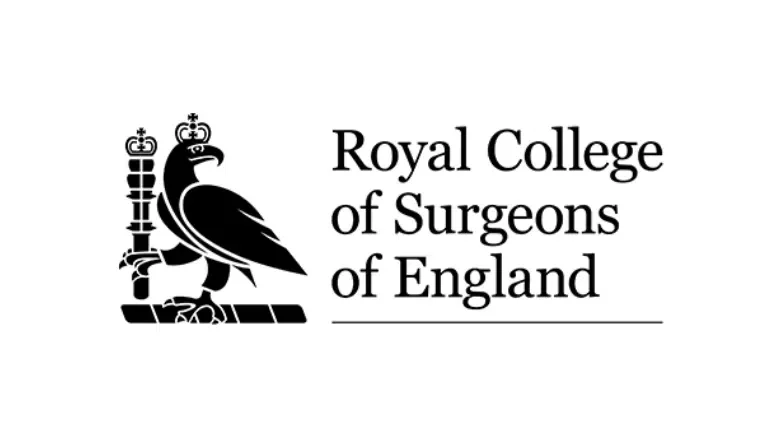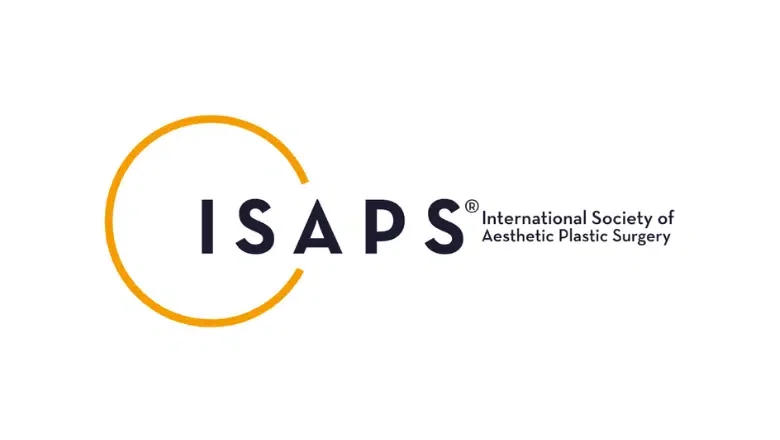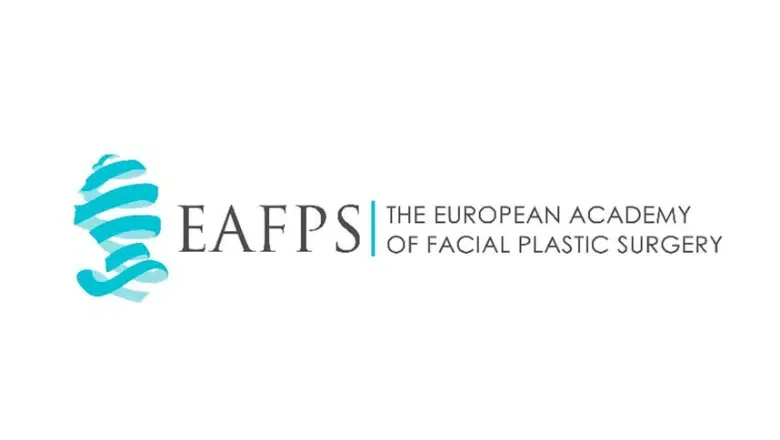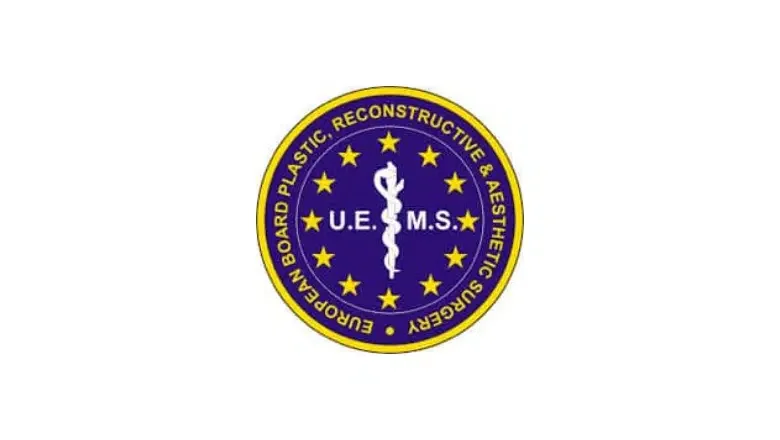Men commonly complain of man boobs or puffy nipples. Both conditions are exceedingly common in the general population and are most commonly due to the enlargement of male breast tissue, which could be due to several potential causes. Common causes include steroid usage, gynecomastia, low androgen levels or excess fat. Chest puffiness can sometimes be treated with diet and exercise, although this may be ineffective for other causes of gynecomastia. Diet and exercise can help to reduce overall body fat levels and improve the contour of the male chest without the need for surgery. In many cases, puffy nipples cannot be improved with diet and exercise alone, and gyno surgery will be needed to get rid of man boobs.
RELATED: How to get rid of puffy nipples in men
Which exercises are effective to reduce man boobs?
Chest wall puffiness can be improved by carrying out regular chest exercises. Certain types of exercise can help to tune the pectoral muscles. Recommended exercises include bench presses, push-ups, incline and decline cable flies, bent forward cable crossovers and bodyweight flies. You can carry out these exercises on your own or with a dedicated personal trainer. The key to achieving a successful reduction of man boobs is to target all parts of your chest consistently. You may prefer more repetitions or fewer sets with increased resistance. You will gradually find out what works best for you. Try to exercise at least three times a week for half an hour. As your strength increases, you can gradually increase the frequency and duration of workouts. You should take at least one or two days off each week to get adequate rest and allow your body to recover.
Workouts should be varied to prevent boredom. Cardiovascular exercise can also be added to reduce overall body fat levels, and the most effective forms of exercise include running, rowing or swimming for at least 20 minutes each day.
What are the best foods to eat to get rid of man boobs?
Man boobs can often be due to excess fat or oestrogen. This can be corrected by making several dietary modifications to ensure healthy eating habits that can be maintained for the long term. It would be best to increase your intake of vegetables and fruit and eliminate highly processed foods. A dietician can help you prepare healthy and well-balanced meal plans that you can easily follow. Certain foods should be added to your diet, including egg whites, nuts, beans, seeds, white fish, white chicken and ginger.
Soy products should be avoided as they can cause an increase in oestrogen levels. High levels of oestrogen are associated with gynecomastia. Certain medications may be prescribed to correct hormone levels, and this, in conjunction with a healthy lifestyle, may help to reduce man boobs or puffy nipples.
Can herbal supplements eliminate man boobs?
Recommended herbal supplements can help to reduce puffy nipples by stimulating an increase in the production of male hormones. You should avoid taking any herbal supplements without first consulting with a specialist. Although there is no clinical proof to support the effectiveness of herbal supplements in getting rid of man boobs, they have a recognised role in boosting androgen levels which may help indirectly to cure the condition. Certain herbs improve puffy nipples, including devil’s claw, milk thistle and red clover. Many types of supplements may interact with existing medications you may be taking. This is why checking with your doctor before starting herbal supplements is always essential. Avoid buying supplements from overseas suppliers, as their reputation may not be verified. Your surgeon may help recommend supplements from a reputable company and always follow the dosage instructions on the product.
Gyno surgery can get rid of man boobs permanently
If you have failed to achieve long-lasting results with any of the abovementioned techniques, contact us to discuss surgical options. Gyno surgery may be the only way to reduce man boobs or treat puffy nipples.
Male breast liposuction
Male breast liposuction may, in many cases, help to remove excess chest fat. However, it cannot remove excess breast tissue. Liposuction alone is not suitable for men with significantly loose skin from massive weight loss.
Gynecomastia gland removal
Surgical gland removal can help to get rid of man boobs and puffy nipples permanently. Gyno surgery involves making a small incision around the nipple followed by surgical removal of excess breast tissue to achieve a contoured chest. The same procedure can also be used to reduce the size of the areola, and this is also known as areola reduction surgery.
RELATED: Gynecomastia surgery recovery – what to expect
Laser fat reduction or skin tightening
Some men may not be keen on having an invasive surgical procedure. For men with mild enlargement of the breast tissue, laser fat reduction combined with laser skin tightening may achieve a modest reduction in man boobs and puffy nipples. Although they offer the advantage of a quick recovery, they cannot tackle moderate or severe grades of breast tissue enlargement. Your gyno surgeon can advise you if you are suitable for non-surgical fat reduction techniques.
Gyno surgery and man boobs FAQs
Here we discuss the most commonly asked questions about man boobs and puffy nipples and the best treatments to get rid of them.
What are puffy nipples?
Puffy nipples are most commonly due to an underlying hormonal imbalance resulting in androgen deficiency or oestrogen excess. Steroid usage may also cause puffy nipples. Men with excess fat in the chest can also develop puffy nipples, although this can be effectively treated with a healthy diet and regular exercise. Liposuction can treat this condition if non-surgical options fail. The precise cause will determine the best treatment. Puffy nipples are generally harmless and are not usually linked to a serious underlying medical condition.
What causes puffy nipples?
Common causes of puffy nipples in men include steroid use, excess chest fat and hormonal disturbances.
Can I get rid of man boobs naturally without surgery?
In selected cases, diet and exercise alone may be able to reduce man boobs. Certain prescribed medications may also help to flatten the chest.
What foods should I eat to reduce puffy nipples?
Excess fat in the chest is a common cause of puffy nipples and can be treated by eating a healthy diet rich in fruit and vegetables. This can help to reduce the size of man boobs. Whole-grain foods, nuts, seeds and lean protein all help to reduce overall body fat. Low-fat milk and low-salt products are also beneficial.
What are the gyno surgery options?
There are two main surgical techniques to get rid of puffy nipples:
- Male breast liposuction – liposuction is a practical, minimally invasive procedure to get rid of excess fat using a cannula connected to a negative pressure vacuum. The cannula breaks down fat cells before being sucked out. Once the desired amount of fat has been removed, small incisions will be closed with a single stitch, followed by a sterile dressing.
- Gynecomastia gland removal – most forms of gynaecomastia require surgical removal of the excess glandular tissue. A semi-circular incision is made around the nipple, followed by surgical removal of glandular breast tissue. This helps to eliminate puffy nipples and get rid of man boobs to achieve a more masculine-looking chest.
How do I choose the best gyno surgeon?
Achieving the best gynecomastia results means choosing a highly experienced plastic surgeon who regularly performs gyno surgery. We recommend avoiding inexperienced surgeons and ‘cosmetic surgeons’ as they may lack the necessary training and expertise, which can result in serious medical complications.
Gyno surgery at Centre for Surgery
Centre for Surgery is the leading plastic surgery clinic in the UK and is home to some of the leading gyno surgeons in London. We carry out hundreds of gynecomastia procedures yearly at our state-of-the-art Baker Street clinic in Marylebone. To learn more about gyno surgery options, call us today on 020 7993 4849 or complete the contact form below to schedule an in-person consultation.

